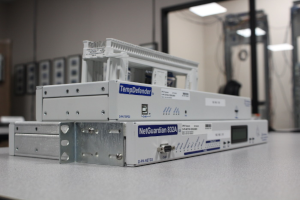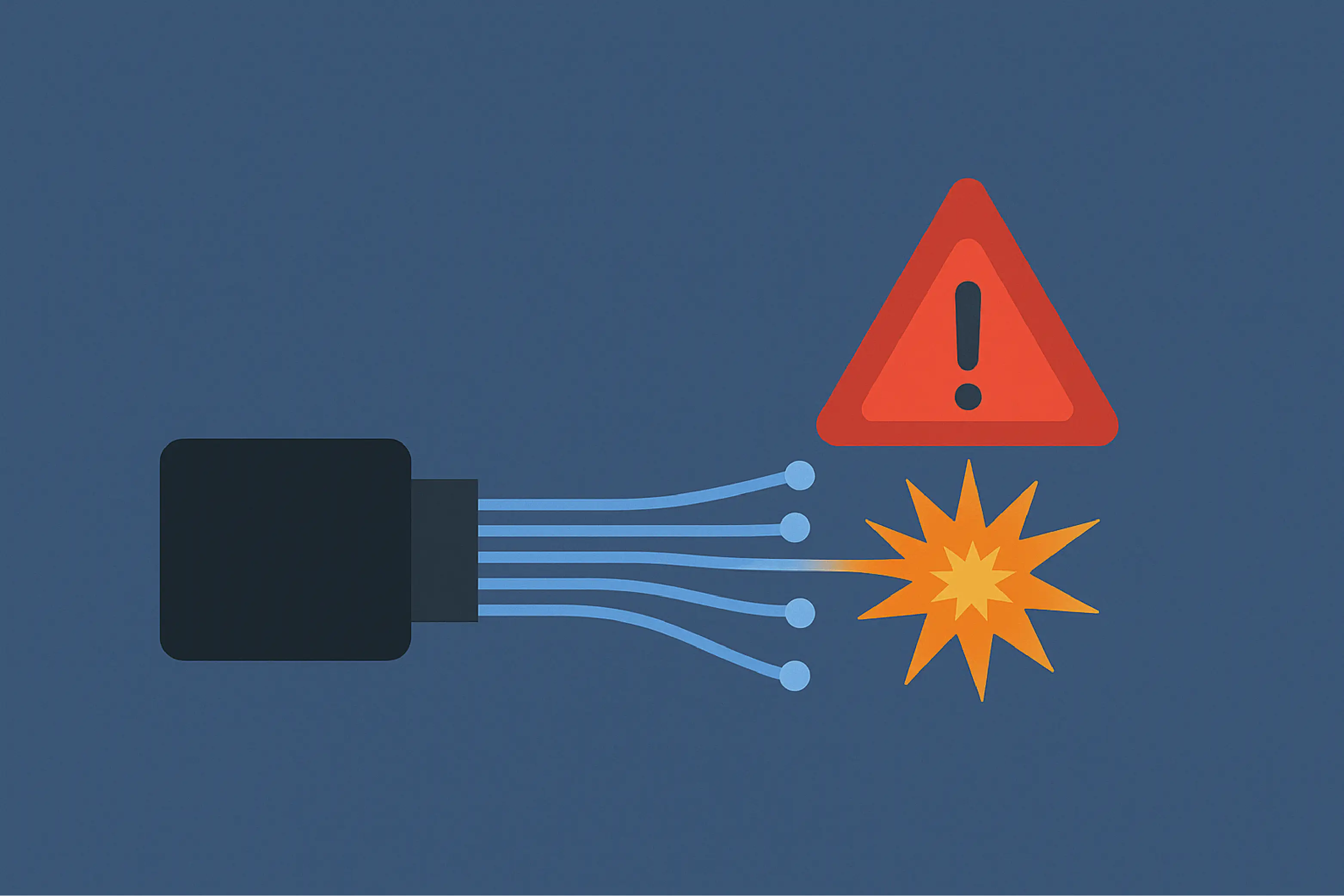Check out our White Paper Series!
A complete library of helpful advice and survival guides for every aspect of system monitoring and control.
1-800-693-0351
Have a specific question? Ask our team of expert engineers and get a specific answer!
Sign up for the next DPS Factory Training!

Whether you're new to our equipment or you've used it for years, DPS factory training is the best way to get more from your monitoring.
Reserve Your Seat TodayFiber is (increasingly) the backbone of your communications infrastructure. But fiber optics also come with a dangerous assumption: "If the light is on, everything's fine."
That belief is costing companies thousands - sometimes millions - in lost service, SLA penalties, wasted truck rolls, and customer churn.
If you're in telecom, utilities, transportation, or any form of critical infrastructure, your network probably runs significantly on fiber. That includes:
The truth is, most fiber failures are completely invisible - until your customers/users are already feeling the pain.

Fiber is fast and reliable, but when it fails, it does so without warning.
Most companies only discover a fiber issue after:
It's not just embarrassing - it's expensive. And the worst part is you could've seen it coming.
Fiber can fail in the field due to several different causes, such as when:
Each of these scenarios can cause anything from degraded throughput to a complete outage - and you won't know where to start looking without physical-layer visibility.
You might already be familiar with OTDR (Optical Time Domain Reflectometry). It's a well-known tool in fiber testing.
However, the traditional model of OTDR monitoring - centralized rack-mounted gear with reserved fibers for testing - does not work in the modern network access layer for a few reasons.
Legacy OTDRs are great for long-haul fiber spans, lab environments, and the occasional manual testing. But in today's access networks, they aren't enough - for several reasons:
Your network edge is full of short-haul fiber runs, under 40km - often with a high density of splices, connectors, and customer hand-offs. That's exactly where most fiber faults happen.
And that's exactly where traditional OTDR systems can't help you nearly as well.
Even high-end centralized OTDR tools have limitations:
The typical approach involves monitoring a few "important" links and hoping for the best.
But every link is important to some numbers of your customers/users.
That's why network operators are increasingly switching to a distributed, automated model for fiber fault detection.
Ideally, your team would have a system that includes:
The good news is: you can do this. All that's possible with DPS Telecom's Micro-OTDR transceivers and the T/Mon alarm master.
Micro-OTDRs are smart SFP+ transceivers with built-in optical fault detection.
They live directly inside your network switches, routers, and RTUs. They monitor your live data fiber, so there's no need for dedicated dark fiber strands or complex setup.
Here's how they work:
This eliminates guesswork, downtime, and delay.
This isn't just some cool tech upgrade. It can enable a massive shift in how you manage your fiber network.
When you connect Micro-OTDRs to DPS's T/Mon Alarm Master, you get more than just raw alerts.
You get a visual fault map that shows:
Plus, T/Mon gives you:
You don't just get alerts - you get actual useful intelligence.
DPS didn't slap OTDR features onto standard transceivers. We worked with an industry expert who engineered the entire solution from the ground up. These devices integrate well with DPS monitoring tools and are backed by DPS technical support.
Here's what makes Micro-OTDRs from DPS different:
Need an intelligent on-site device to host your SFP+ Micro-OTDRs? Try our NetGuardian 216F, featuring:
There's also a NetGuardian 240F model with an extended capacity of 40 discrete alarms via a second 50-pin amphenol connector.
Whether you're monitoring remote cabinets, cell towers, or fiber huts, NetGuardians give you the field interface you need - with full compatibility for Micro-OTDR modules.
When you work with DPS, you're not just buying monitoring gear. You're getting:
We're not "box merchants". We're network monitoring experts with decades of experience solving problems like yours.
We won't let you get stuck with a solution that doesn't work.
If you've made it this far, you already know the reality:
Now it's your move.
It's time to stop guessing and start seeing. Here's how to get started:
Your fiber network is critical. Don't wait for the next preventable outage to prove that to you.
Call: 1-800-622-3314
Email: sales@dpstele.com
Let's help you see your fiber network like never before - and protect it from the invisible faults hiding in plain sight.

Andrew Erickson
Andrew Erickson is an Application Engineer at DPS Telecom, a manufacturer of semi-custom remote alarm monitoring systems based in Fresno, California. Andrew brings more than 18 years of experience building site monitoring solutions, developing intuitive user interfaces and documentation, and opt...